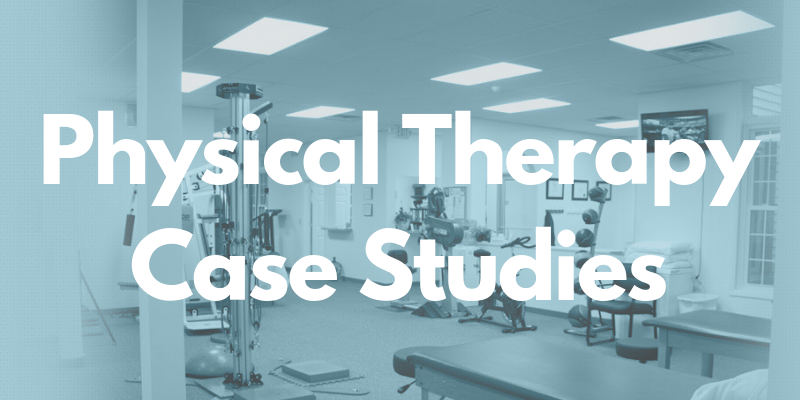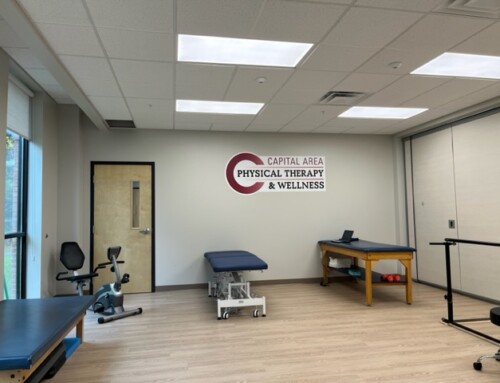by Nick Kossor, PT, DPT
 Physical Therapy Case Study For Neck Pain
Physical Therapy Case Study For Neck Pain
History
Patient was a 64-year-old female who entered the clinic with complaints of left sided neck pain. Her past medical history included a cervical spinal fusion of C4-5-6 and osteoporosis. Symptoms were best in the AM and progressively worsened as the day continued. Sewing and computer work aggravated symptoms, and nothing improved them. The patient denied any sensory deficits or radicular symptoms radiating into the arm or fingers.
Evaluation
Range of motion screening yielded pain with right side bending and right rotation. Left shoulder flexion and abduction passive range of motion were within normal limits and asymptomatic. Functional external rotation and internal rotation of the left shoulder were to C7 and T12 respectively. Myotomes and dermatomes were both normal with intact upper extremity reflexes. The patient also displayed decreased strength to mid/lower trapezius via manual muscle testing and had difficulty performing a chin tuck with head lift for 15 seconds indicating deep cervical flexor weakness. Over activation of bilateral upper trapezius was displayed with movement screening. Based on these subjective and objective measures, the patient fit into the treatment-based category of “neck pain with coordination impairments”.
Treatment
Visit 1: The first session was focused on education of vertebral body movement in the upper/lower cervical spine/thoracic region, and education on the anatomy/muscles involved in our outlined plan of care. Interventions included deep cervical flexor endurance and serratus anterior strengthening. Manual therapy included soft tissue work to the upper trapezius, levator scapulae, and scalene muscles. Modalities like heat and interferential e-stim were used to reduce pain.
Visits 2-6: Visits 2-6 included progression of therapeutic exercises designated to strengthen mid/lower trapezius, serratus anterior, and shoulder external rotator muscles. The goal of this phase was to improve scapulohumeral rhythm and restore proper force coupling of the scapula upward rotators. During this phase, the patient reported an overall improvement in symptoms and reduced pain during both long car rides and yard work.
Visit 7: By session 7, Neck Disability Index scores had reduced from 36% to 10%. Sessions 8,9, and 10 continued to address soft tissue restrictions to sore muscles and continued to strengthen deep cervical flexors/scapular muscles. By the time of discharge, the patient self-reported a significant improvement to the quality of her life and stated she was able to work on her computer and sew for over 2 hours pain free.
Read More Physical Therapy Case Studies from Capital Area Physical Therapy.
Contact us for an appointment at any one of our NY Capital District pt clinics.

 Physical Therapy Case Study For Neck Pain
Physical Therapy Case Study For Neck Pain


